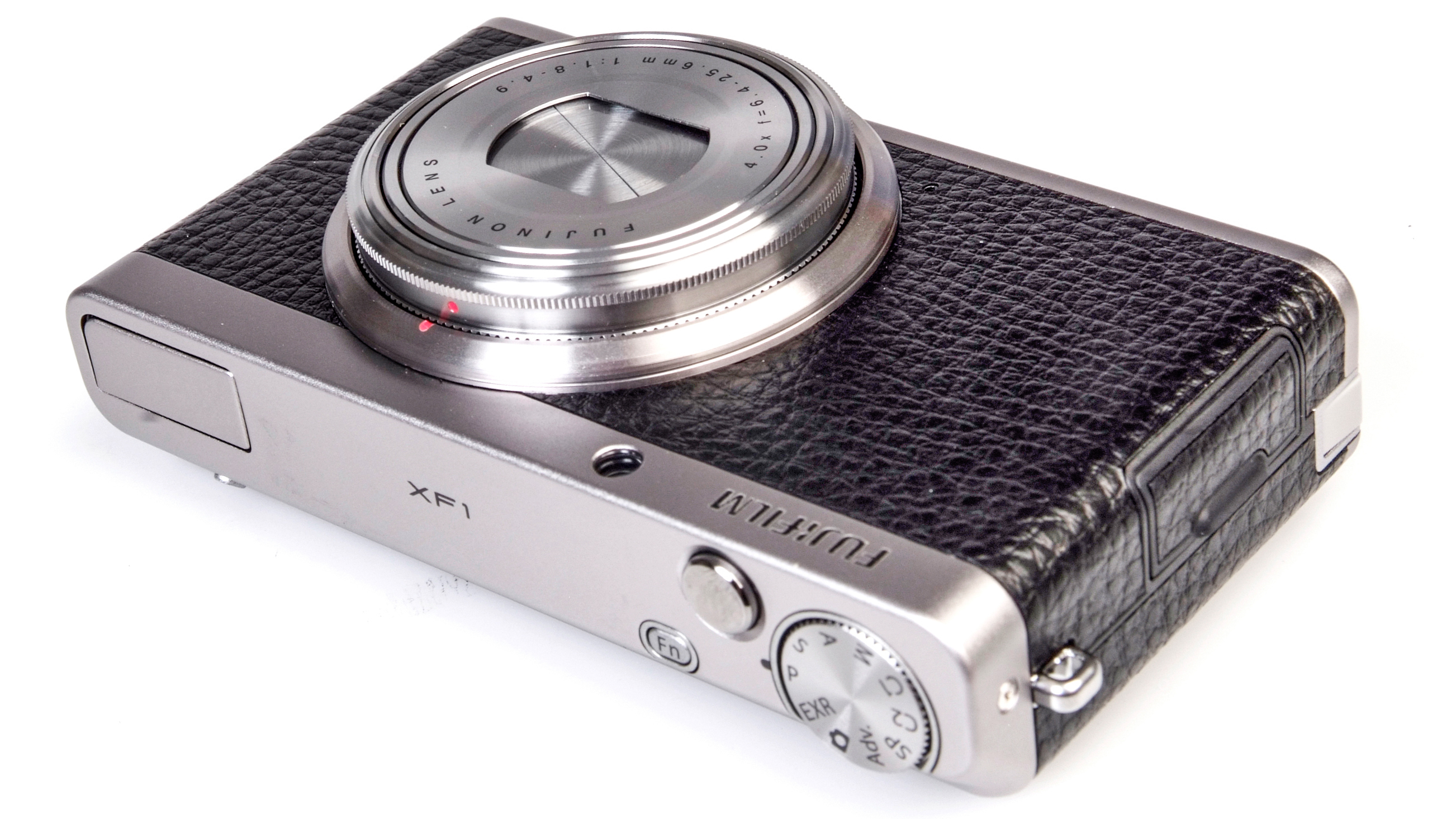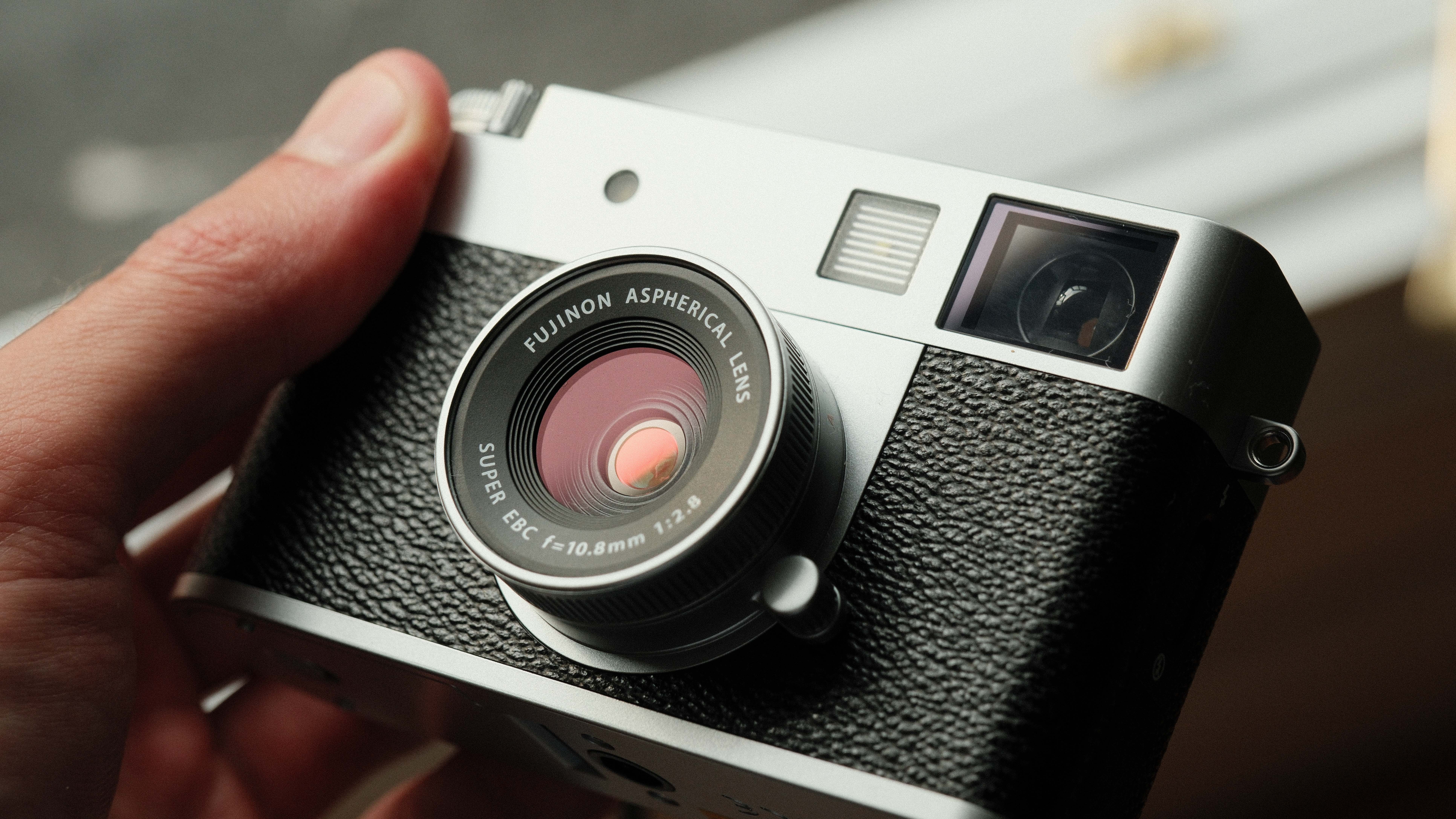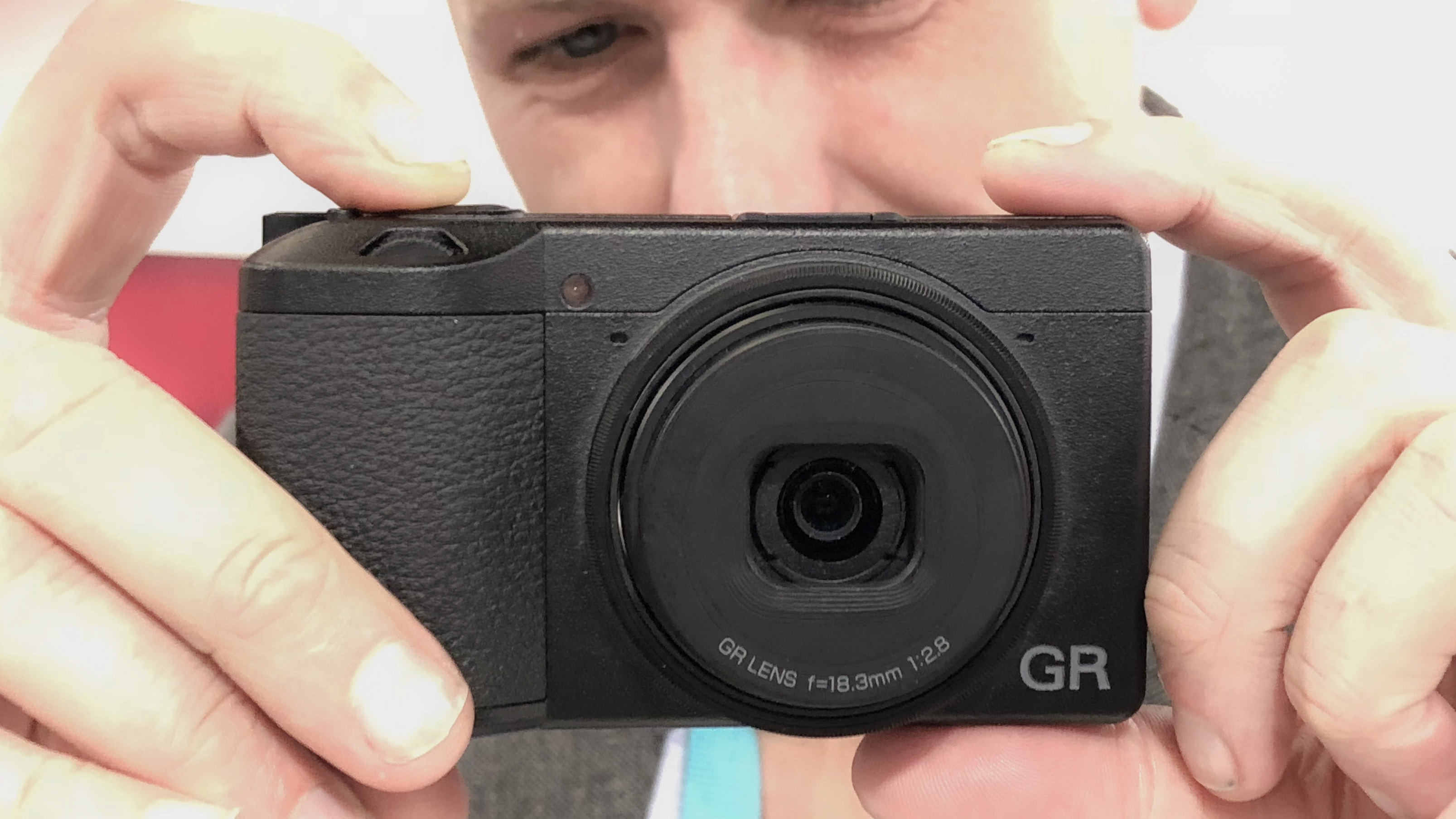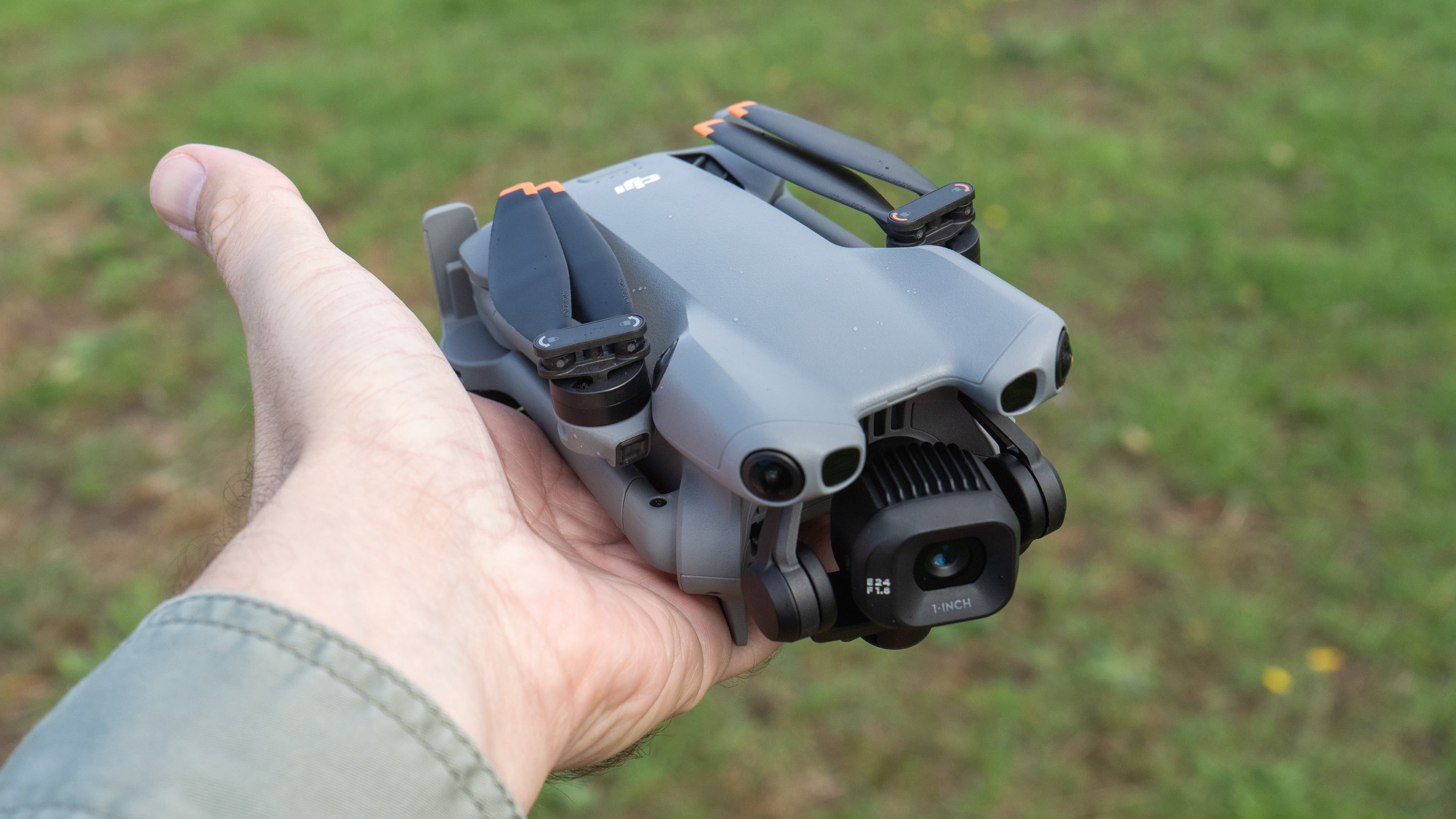Caught off guard: Camera makers scramble to make compacts great again
Everyone knows that old compact cameras are in hot demand. So when are manufacturers going to make modern versions?

In this age of social media, trends and demands can turn on a dime. So, virtually out of nowhere, we’ve seen the return of the fixed-lens compact camera.
This category was a staple of photography at many levels for a very long time… and then along came the smartphone. A very profitable market sector was decimated in a very short time, but let’s be honest: the main attraction of having a camera in your mobile phone was purely convenience. Why carry two gadgets when you could do what’s needed with one?
Even now, though, there are still numerous technical limitations associated with such tiny sensors – which, presumably, is why the compact camera is back on the radar, at least for still photography. Sensor size, lens focal length flexibility and much-expanded functionality are all pluses – and, of course, digital compact cameras can be truly compact.
The big question is just how quickly can the camera makers respond? Not quickly enough, if the big money being asked for many of the most popular discontinued models is any indication.
We all know that developing any new camera – even an upgrade of an existing model – takes quite some time, so you’d imagine there’s probably quite a bit of midnight oil being burned in design departments right now.
It’s very likely that Fujifilm’s X Half was the answer to another question – namely, how to capitalize on the film revival without actually making a film camera – but the timing is just about perfect in terms of it also being a very compact fixed-lens camera with a versatile feature set.
And the whole ‘half frame’ vertical shooting thing is pure smartphone, so Fujifilm looks like having a bigger hit on its hands with the X Half than it originally envisaged.
The best camera deals, reviews, product advice, and unmissable photography news, direct to your inbox!
Maybe it might consider something a bit more mainstream for the rest of us? Like reviving the classically-styled X10 / X20 / X30 line. These were always compact cameras for the thinking photographer and I now really regret not buying one at the time.
Either the OVF X20 or the EVF X30 would still be a great little carry-everywhere camera, and even better if updated with the current tech for sensors, processors, autofocusing and noise reduction.
In comparison, the X100 series just aren’t quite compact enough. And, although the bigger sensor has benefits, both the X20 and the X30 – which used 12MP X-Trans sensors – delivered pretty decent results.
Looking around online, it seems I’m not the only one thinking this way – and it also confirms what I’ve always believed, which is that even gnarly old photo enthusiasts with extensive mirrorless or DSLR kits still want a higher-end compact for the times when the ‘big camera’ stays at home for one reason or another.
The enduring popularity of the Ricoh GR III series also proves the point. And these cameras don’t have a viewfinder, either, but they’re pocket-thin and packed with features.
As it happens, doing a bit of a tidy up in my office recently (it doesn’t happen often), I came across a Fujifilm XF1 complete with its neat leather case. Miraculously I also located the battery charger and, within a few hours, the camera was up and running.
It’s from 2012, metal-bodied with a nifty collapsing lens design and a 12MP 2/3-inch EXR CMOS sensor. It’s also super slim, thanks to the lens arrangement, and also doesn’t have a viewfinder, but the 7.6 cm monitor screen is actually pretty decent.
Better still, the zoom – equivalent to 25-100mm – is adjusted manually (rather than powered) and you get RAW capture, the most popular Film Simulation profiles and full manual control if you want it. It’s a bit of a gem, really and while not perfect since it lacks a finder, it is certainly scratching my compact camera itch for the moment.
There is something strangely very satisfying about using a camera like this – perhaps because it is so small, so it’s no effort to carry around and yet it’s still very capable in a lot of situations.
Are we heading into another golden era of clever compact cameras? Let’s hope so.
You might also like…
Take a look at the best compact cameras with smaller sensors, along with the new wave of full frame compact cameras.

Paul has been writing about cameras, photography and photographers for 40 years. He joined Australian Camera as an editorial assistant in 1982, subsequently becoming the magazine’s technical editor, and has been editor since 1998. He is also the editor of sister publication ProPhoto, a position he has held since 1989. In 2011, Paul was made an Honorary Fellow of the Institute Of Australian Photography (AIPP) in recognition of his long-term contribution to the Australian photo industry. Outside of his magazine work, he is the editor of the Contemporary Photographers: Australia series of monographs which document the lives of Australia’s most important photographers.
You must confirm your public display name before commenting
Please logout and then login again, you will then be prompted to enter your display name.


